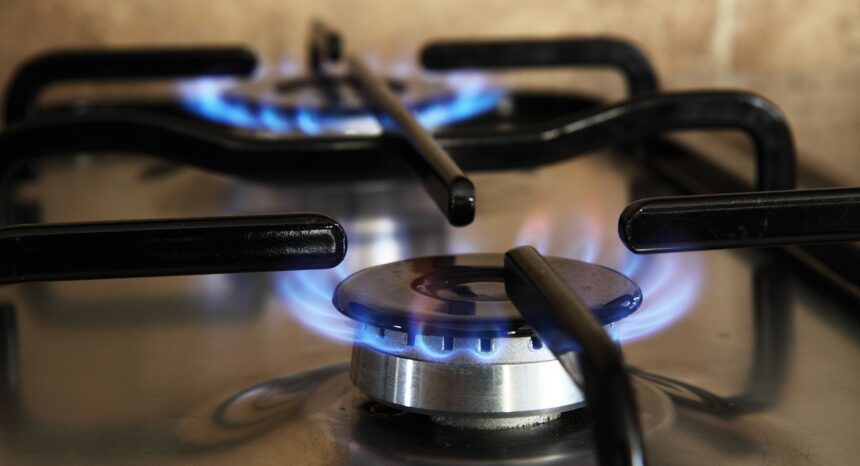For almost a decade, residents of some Pennsylvania counties have complained that the natural gas prospectors nearby have contaminated their water. Locals say that after the fracking for gas began, the water made them sick, that it turned brown, even that it became flammable.
The industry fought back. Nevertheless, in 2016 the Agency for Toxic Substances and Disease Registry, part of the U.S. Department of Health and Human Services, found related heavy metals and chemicals in quantities high enough to pose health risks. And in December 2016, the Environmental Protection Agency concluded that there is indeed a connection between prospecting for shale gas and contaminated groundwater.
Fracking — when water, chemicals and sand are pumped at high pressure into the earth to shatter layers of shale rock, forcing them to release natural gas and oil — has helped remake the global energy market, lowering prices and turning the United States into a net oil exporter. Pennsylvania has been one of the largest beneficiaries.
But there has been little research on the distance gas drillers should keep from sources of drinking water.
A new paper addresses this research gap. It is also relevant to people living in urban areas, as gas drillers perfect horizontal drilling techniques — boring down and over to reach deposits — allowing them to operate in more densely populated areas.
An academic study worth reading: “Shale Gas Development and Drinking Water Quality,” in American Economic Review, 2017.
Study summary: Elaine Hill of the University of Rochester School of Medicine and Lala Ma, an economist at the University of Kentucky, look for a systematic connection between shale gas development and water quality in Pennsylvania. They pull together data on the quality of public drinking water measured at various distances from new gas wells.
Drillers often open a number of new wells at the same time. The researchers describe new wells located within one acre of each other as “well pads” and then compare the earliest date of drilling for each well pad to drinking water samples collected for the Environmental Protection Agency. They ended up looking at 54,809 water samples taken over five years, all within 10 kilometers of one well pad.
Controlling for temperature and rainfall around the locations where water is sampled, water-intake locations (where water enters the drinking supply), for time of day when the sample was collected, and for the laboratory where the sample was analyzed, Hill and Ma look for traces of chemicals linked to the fracking process.
Key takeaways:
- Adding a well pad within 0.5 kilometers of a water-intake location is associated with a 2.7 percent increase in fracking-related contaminants.
- Contaminants fall as the distance increases. A well pad within 1 kilometer is associated with a 1.5 percent increase in contaminants.
- Beyond 1 kilometer, the results are no longer statistically significant.
- A well placed uphill from a water source poses a slightly greater threat, providing “evidence that, unsurprisingly, it is the uphill threats that are disproportionately affecting drinking water quality.”
- An important caveat the authors note is that only 14 percent of Pennsylvania residents are served by groundwater systems, but the potential health effects for this population is “large.” (See this 2013 paper, for example.)
Helpful resources:
The Energy Information Agency, an independent research wing of the U.S. Department of Energy, has this guidebook on shale deposit in Pennsylvania and Ohio and this explainer on the Pennsylvania oil and gas reserves.
Other research:
Our 2017 literature review looks at research on the association between fracking and earthquakes. This tip sheet explains how oil and gas prices affect most aspects of the economy.
A forthcoming paper in Resource and Energy Economics looks at the number of new jobs attributable to the fracking industry.
This 2015 study found residents of Pennsylvania counties with shale gas developments spent $19 million on bottled water in 2010, likely out of concern that their water supplies had been contaminated by fracking.


Expert Commentary